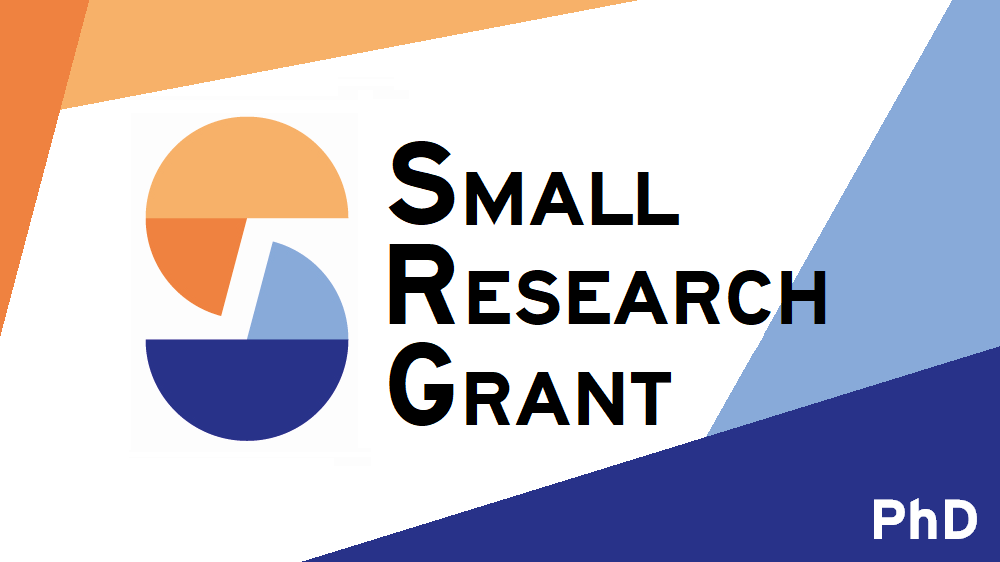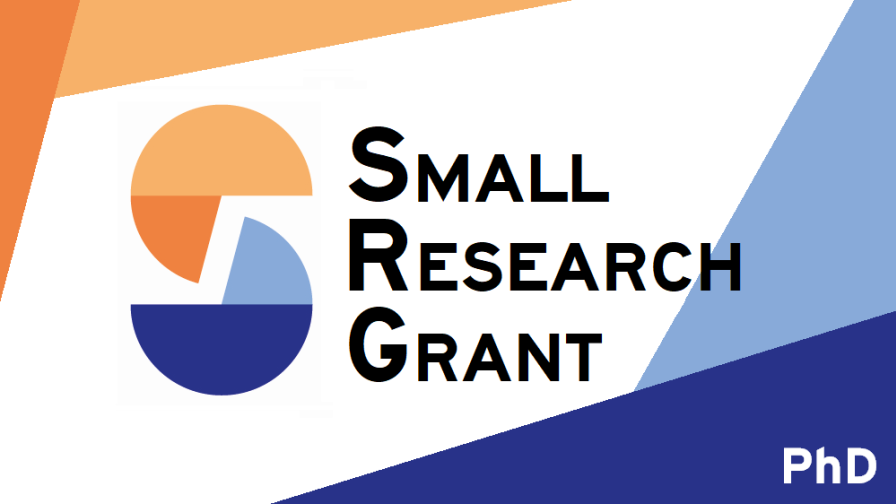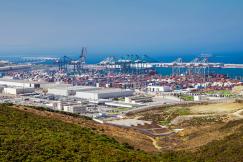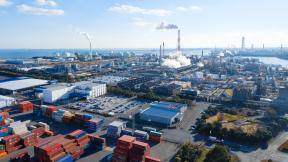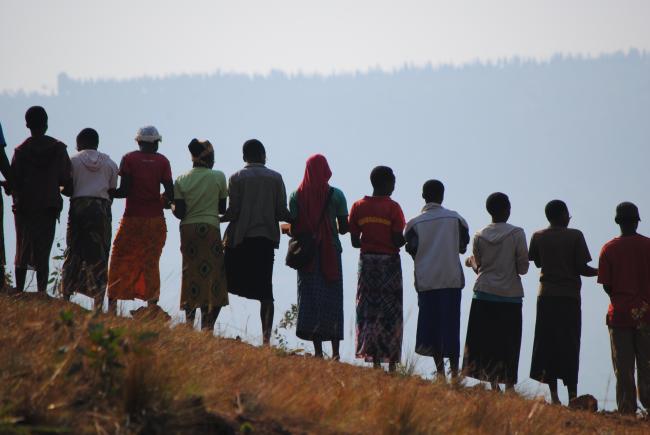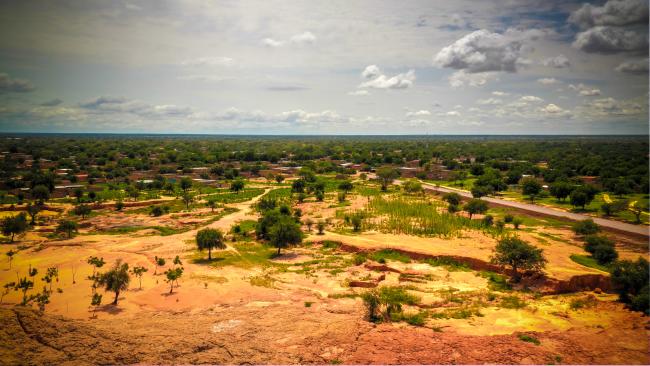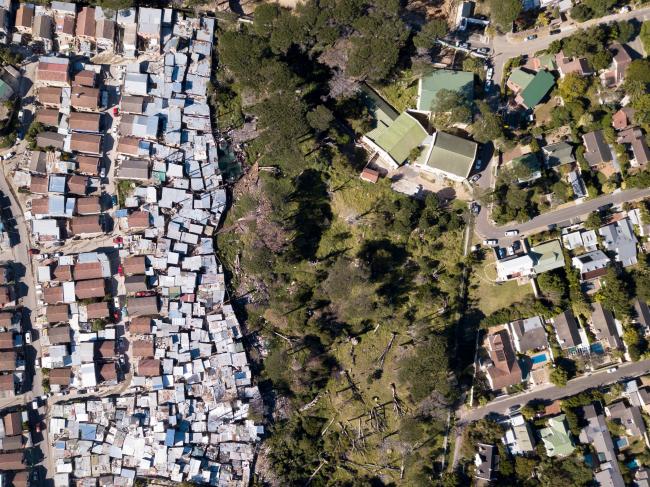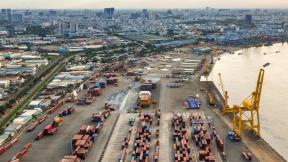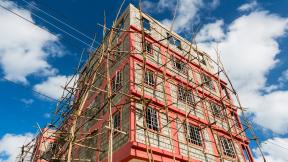In many urban communities in low- and middle-income countries, the start of the rainy season is not a welcome relief, but instead a source of persistent problems. Heavy rainfall, coupled with insufficient drainage and minimal urban planning results in regular, seasonal flooding of homes and businesses (Rentscheler et al. (2023)). In urban and suburban Dakar, rising floodwaters pose a multitude of challenges for people living in these areas by restricting movement, increasing the risk of disease, and causing death (C40 CFF (2021)). This study, focused on small and medium enterprises, explores how regular, seasonal flooding influences firm performance and how firms respond and adapt to flood risk.
The study collects and constructs a novel dataset of around 750 firms in the Pikine and Guédiawaye departments within the Dakar region in Senegal. The study collects information on inventory, customer traffic, worker attendance, investment in flood mitigation technologies, previous flood experience and risk perceptions. The dataset intentionally samples firms within small geographic areas to capture how flood risk changes firm-by-firm and block-by-block. A firm’s location choice, and thus their flood risk, is an equilibrium outcome, making it difficult to credibly identify how flooding impacts firm performance. The study will use multiple cross-sectional estimation techniques that compare adjacent observations using differences across space and plausibly arbitrary boundaries to describe the links between flood experience, flood risk, and firm performance, and investment. It will calibrate a model of firm investment to better understand the impacts of seasonal flooding and will conduct counterfactual analyses exploring how access to credit or insurance and larger-scale public investments in flood control technology impact firms.
While this study focuses on Dakar, Senegal, the challenge of urban flooding brought on by intense rains is not unique to Dakar. Anthropogenic climate change will likely increase extreme weather events that produce heavy rainfall that leads to urban flooding (Caretta et al. (2024)). This project can inform how flood damages are distributed across different types of firms, providing insight for policymakers interested in expanding access to insurance, credit or defensive investments in the face of climate change. The counterfactual analyses will likely inform ways individuals, organisations, and governments can build more climate resilient cities.
